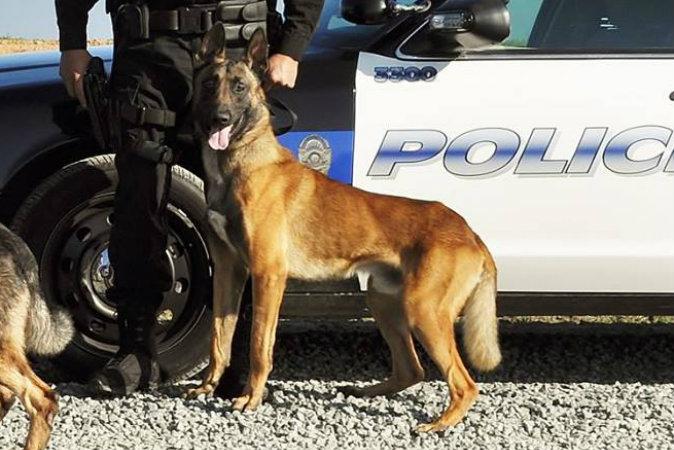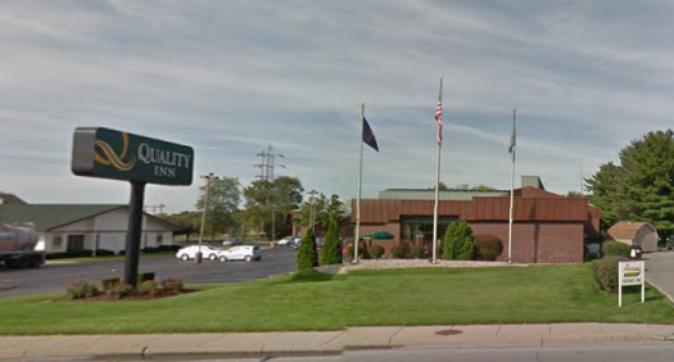North Korea made enormous threats Sunday, March 13, saying it could obliterate Manhattan by sending a hydrogen bomb to the heart of New York City.
“Our hydrogen bomb is much bigger than the one developed by the Soviet Union,” state-run media DPRK Today reported Sunday, according to The Washington Post.
“If this H-bomb were to be mounted on an intercontinental ballistic missile and fall on Manhattan in New York City, all the people there would be killed immediately and the city would burn down to ashes,” a nuclear scientist named Cho Hyong Il said, according to the report.
All the people there would be killed immediately and the city would burn down to ashes.



